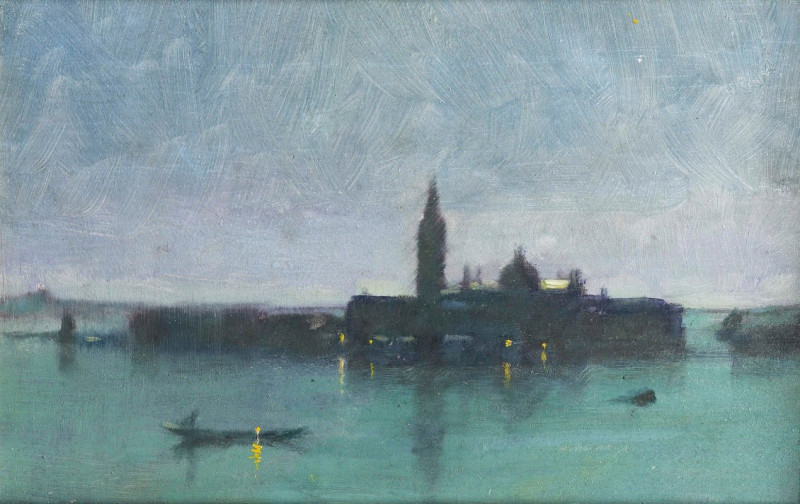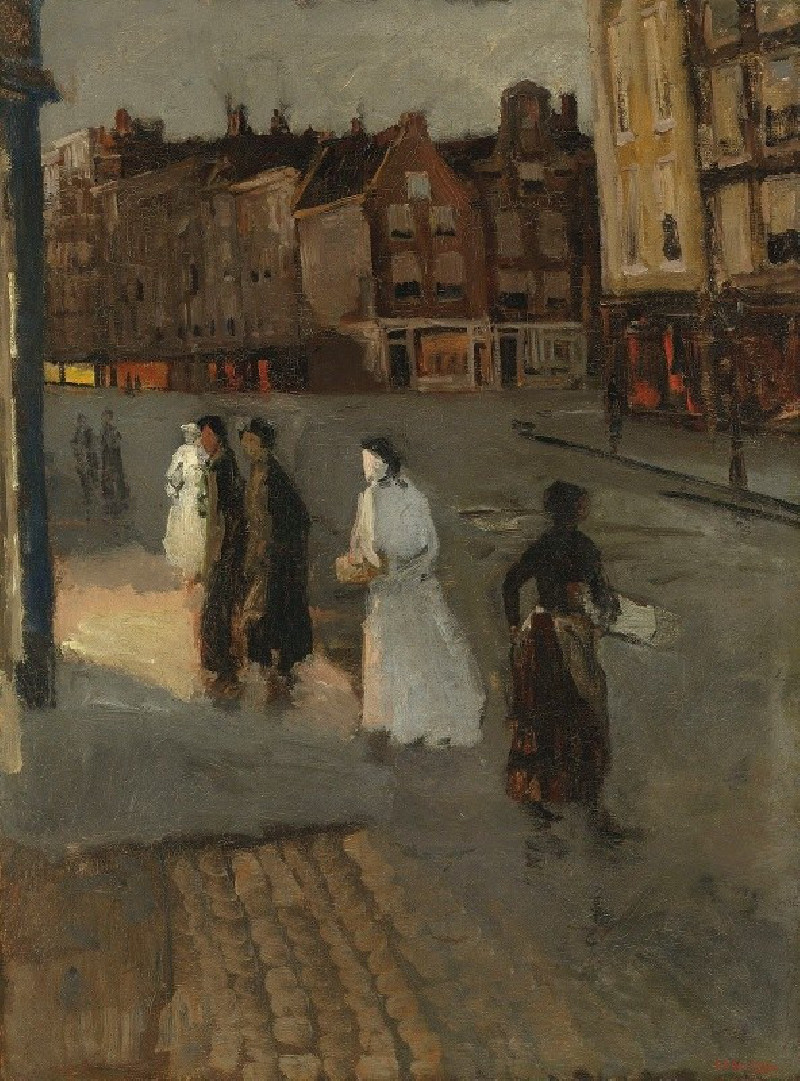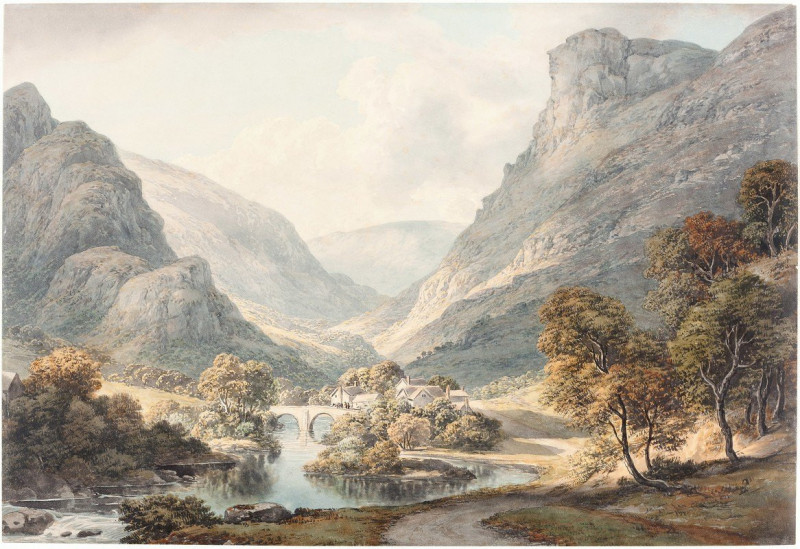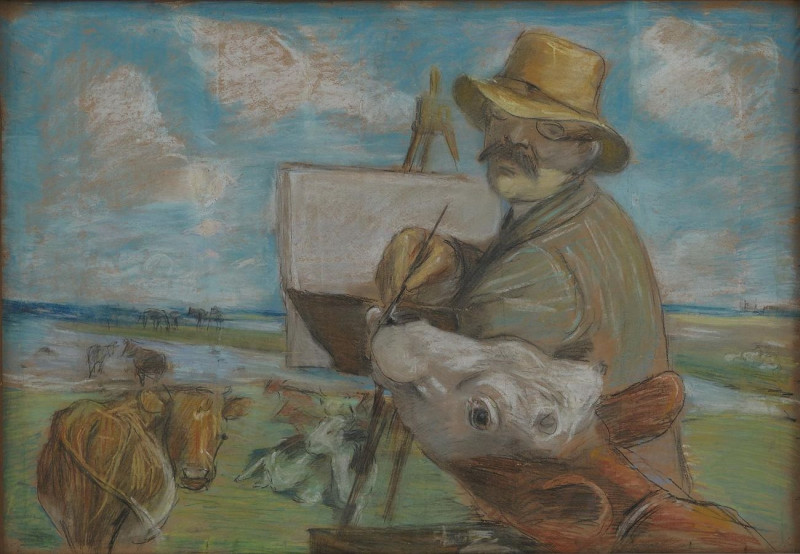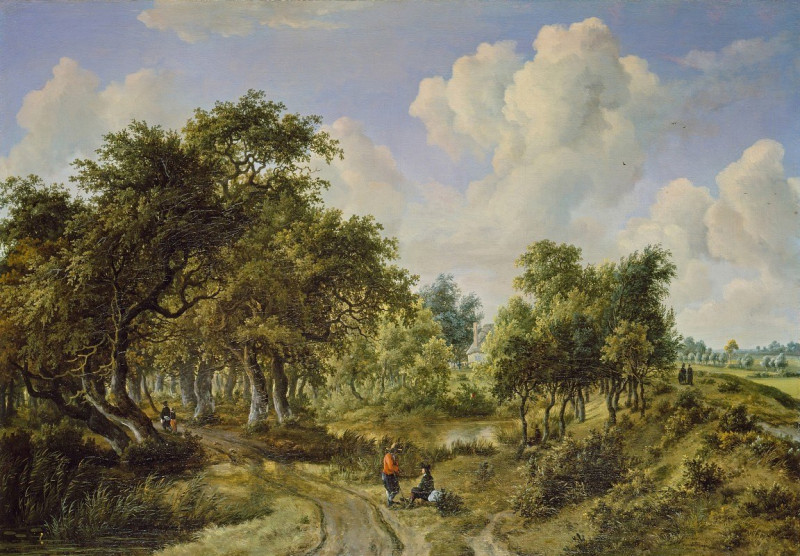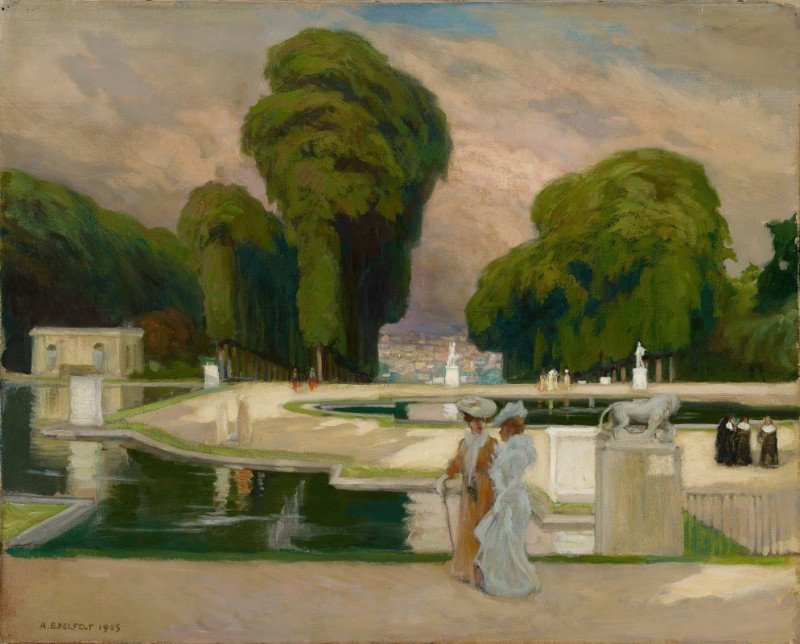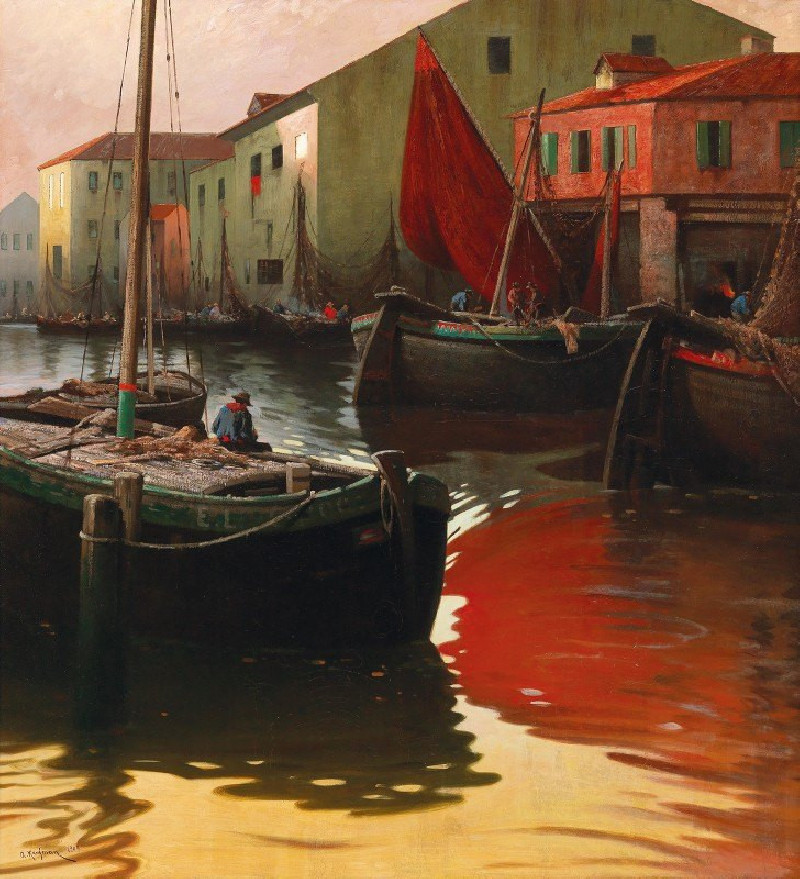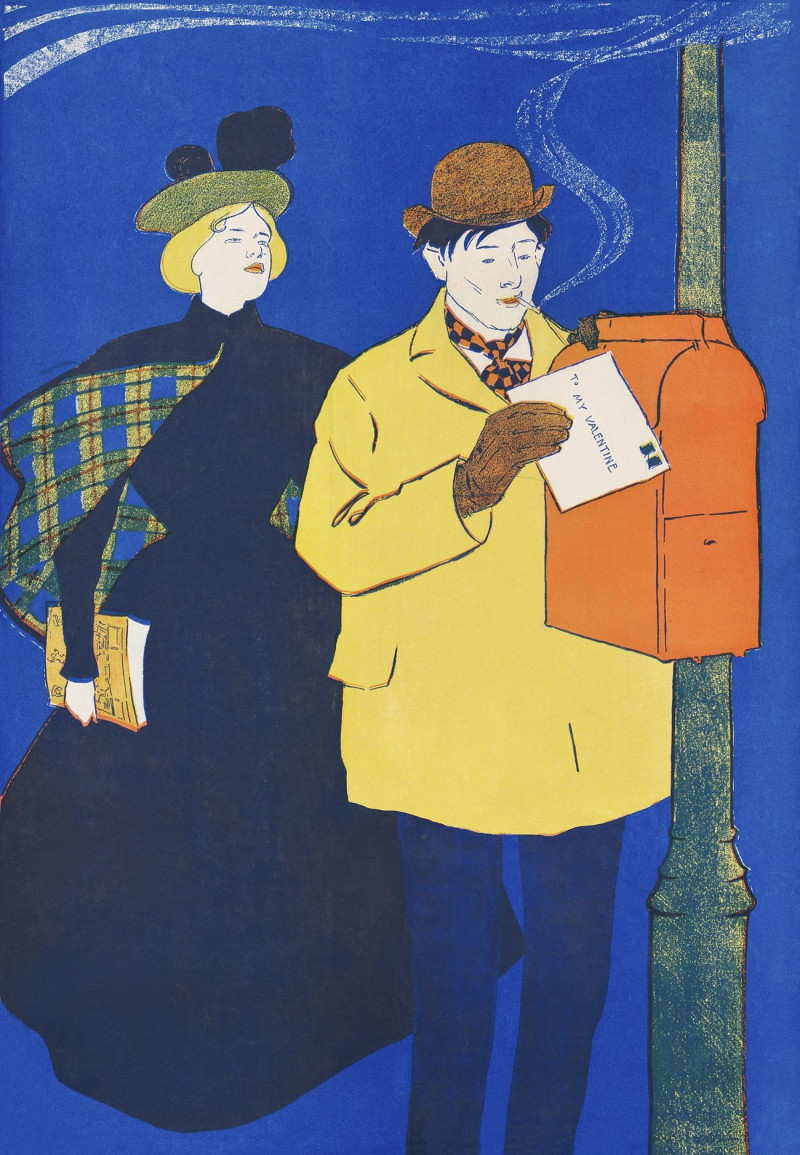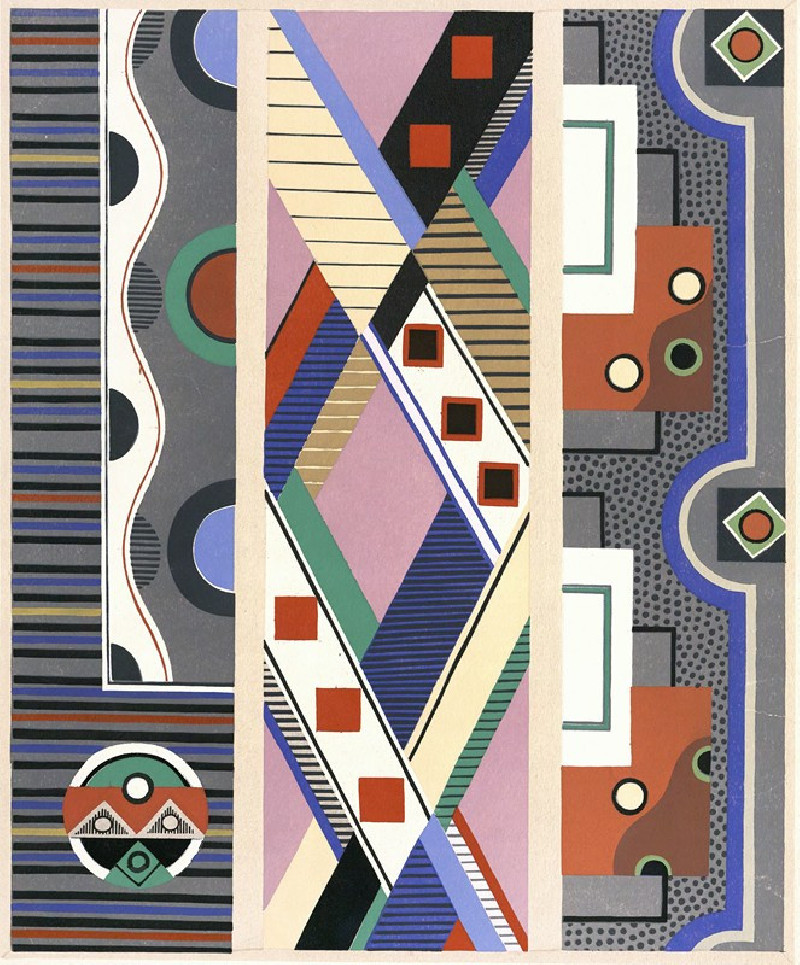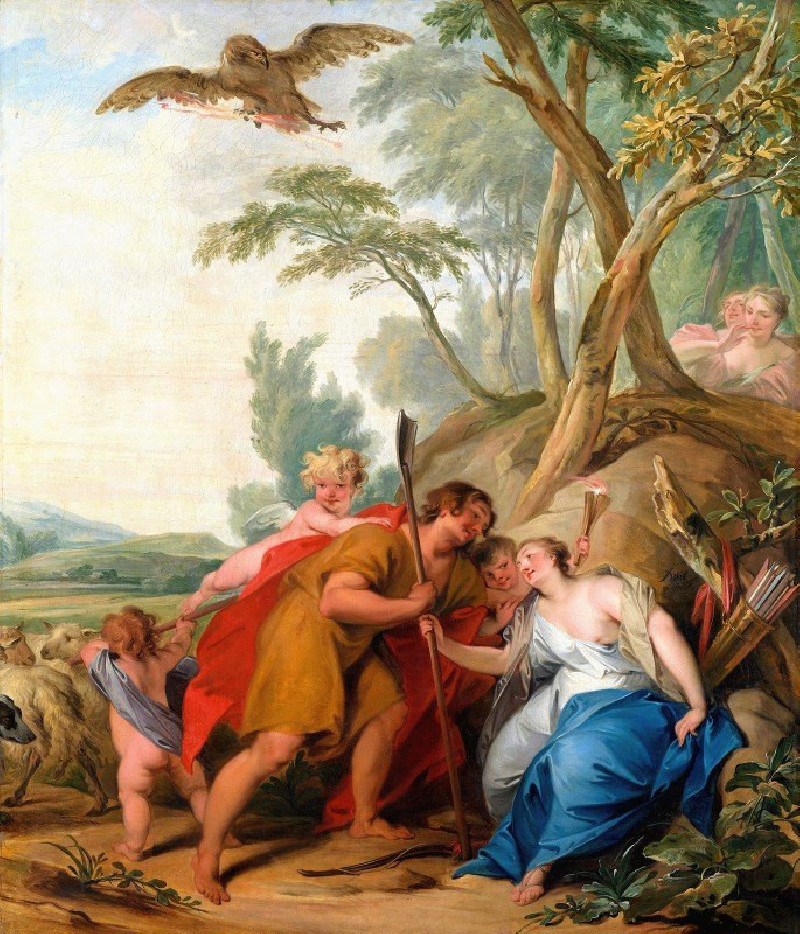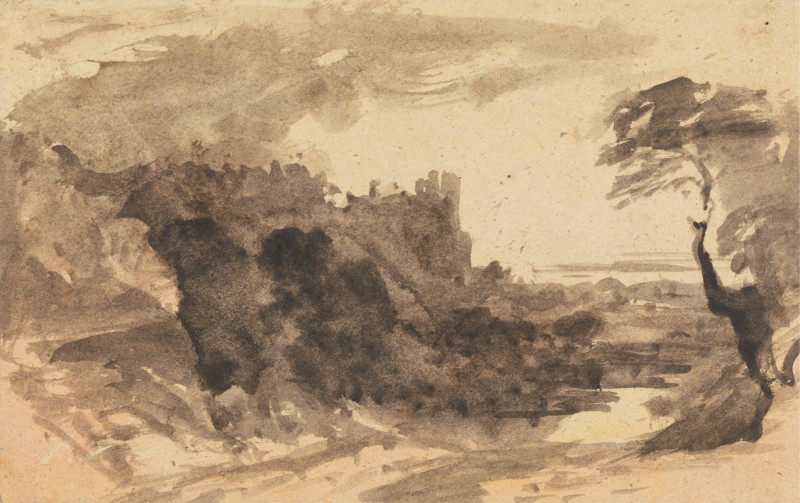Filippo Cattaneo (1623)
Technique: Giclée quality print
Recommended by our customers
More about this artwork
In the richly captivating portrait "Filippo Cattaneo," created by Anthony van Dyck in 1623, the viewer encounters the tender image of a young noble child, poised with an innate grace that belies his tender years. Van Dyck, a master of portraiture known for his ability to capture the individuality and inner lives of his sitters, beautifully articulates both the innocence and aristocratic bearing of his young subject.Filippo stands confidently, dressed in an opulent, golden embroidered outfit that reflects the heights of 17th-century fashion. His attire, complete with a delicately laced collar and precision-cut garments, highlights his family's status and wealth. To the side, a small dog, a symbol of loyalty and companionship, completes the scene, adding a charming glimpse into Filippo's world.Van Dyck's use of light accentuates the soft features of Filippo's face and the intricate textures of his clothing, creating a luminous effect that draws the viewer's eye across the canvas. The depth of character and emotion conveyed through Filippo's direct gaze invites a moment of connection, a snapshot of childhood captured forever in time.This portrait is not only a personal remembrance for the Cattaneo family but also an exemplary piece of art that showcases van Dyck's skillful techniques and his sensitive approach to portrait painting.
Delivery
Returns
Sir Anthony van Dyck (1599 – 1641) was a Flemish Baroque artist who became the leading court painter in England after success in the Spanish Netherlands and Italy.
The seventh child of Frans van Dyck, a wealthy Antwerp silk merchant, Anthony painted from an early age. He was successful as an independent painter in his late teens, and became a master in the Antwerp guild in 1618. By this time he was working in the studio of the leading northern painter of the day, Peter Paul Rubens, who became a major influence on his work.
































